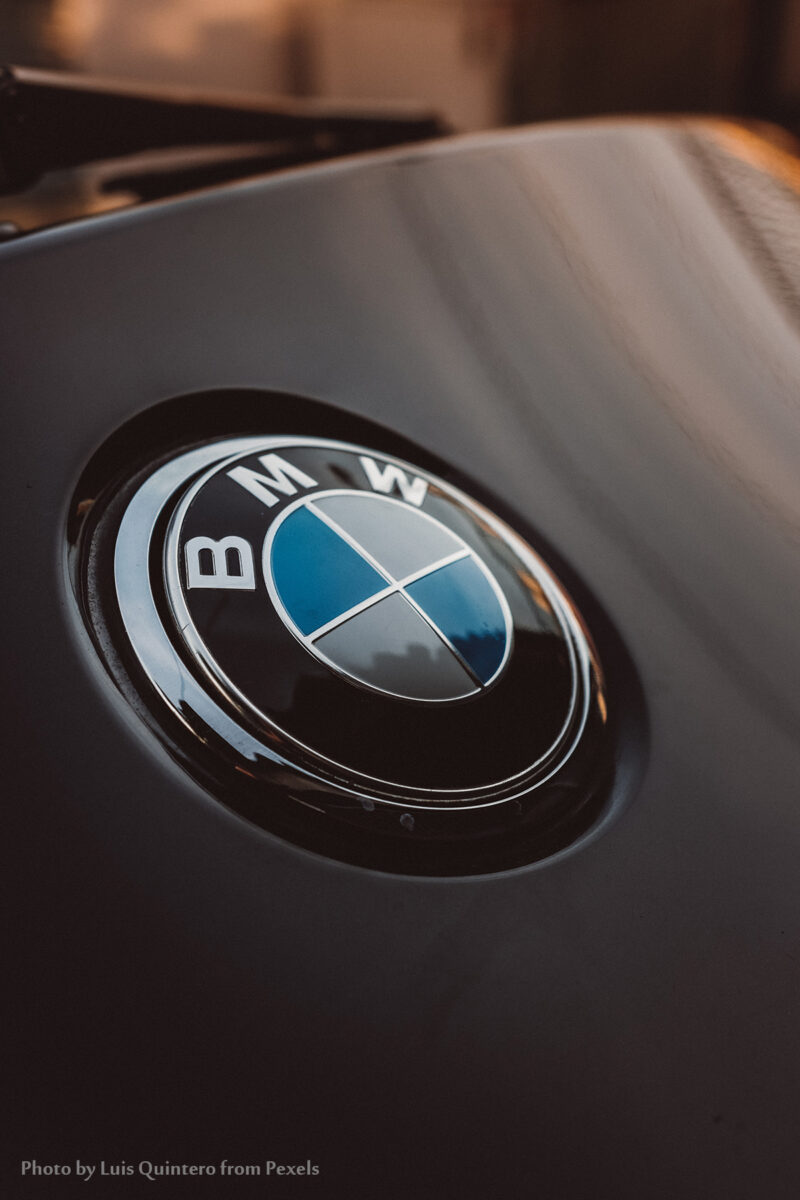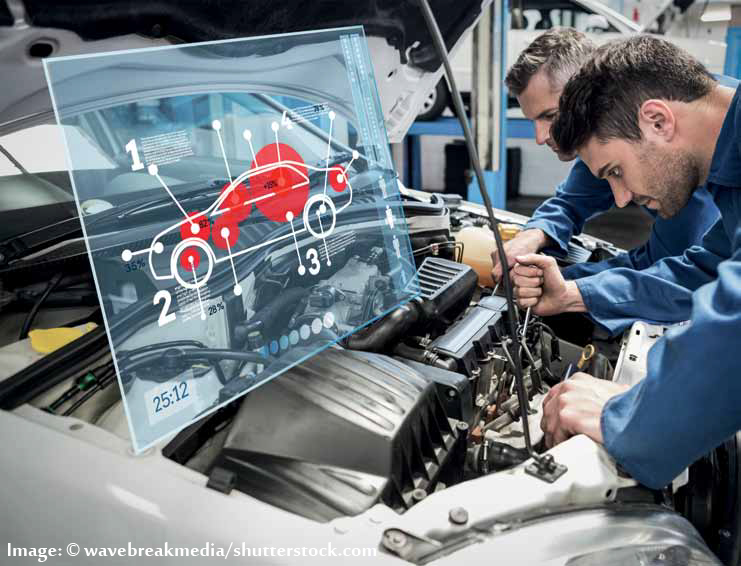Bloomberg Business Week, March 5th, 2020
Some concerns about Servitization, or how it is provided?
A few weeks ago, I found an interesting article about the maintenance of tractors that are manufactured after 2010. In this article, I can more or less agree with Mr. Kevin Kenny about a farmers’ ability to maintain his expensive equipment. Some farmers are even focused on 40-year-old tractors because they can be repaired more easily. In the short term, this could be beneficial for them, but not really for the manufacturer, and finally also not for the farmer itself.
Farmers Fight John Deere Over Who Gets to Fix an $800,000 Tractor
The right-to-repair movement has come to the heartland, where some farmers are demanding access to the software that runs their equipment…..
By Peter Waldman and Lydia Mulvany
Nevertheless, buying/selling this increasingly expensive equipment will decline sooner or later and is still a product-centric approach. Considering the upcoming IoT possibilities, services (Servitization) based on agile equipment will be more attractive for both parties (think about Xaver Fendt, swarm technologies, for instance). At this moment, manufacturers are also facing different challenges in how to make value around the exponential trend of new technologies, and how to implement this. But they are also keen on market saturation because of the installed base. The only thing they (sometimes) forget about this topic is the customer’s desire, also the less innovative “pioneering” customer, known as the “driver” and “guardian”.
Most of them are not ready for all new technologies because of farm size, economic reasons, or resources who are not able to operate them. Think also about farm typologies, Traditional (intensive, passive), Adaptive (intensive, active) Phasing-Out (passive) and Innovative (active, extensive) Source: farm typology framework, Ingo Zasada. Based on the ratios and rules of thumb, there’s still a great advantage for providing services. The main challenge should be, how to provide the right technologies (equipment) together with the right service bundles, based on customer desires. Instead of providing a product-centric overflow of technologies (non-fit).
We also have to remember that we still need to make a larger impact on agriculture, because we need to increase yield! Consider the diversity levels per/m2 instead of per/hec., IoT/Data technologies will make a difference if you would like to enable a more efficient AG eco-system at a microscale. Integrating new technologies is only cost-efficiently and desirable by taking scalable paths. If farmers take advantage of such’s applications and getting access to it, the developer simply needs to be paid. In the end, one of the goals should be that a manufacturer is helping farmers “to split the input and double the output”.
On the other side, we must not forget today’s iPhones are a piece of pretty smart hardware and are most of the time equipped with many software applications, available for just a few dollars. Compare this with the same technologies in the 90s like; calculators, phones, cameras, type machines, PC’s, weather-stations, televisions, etc. that could cost maybe $10.000,- or more together. If you convert this to an equation for agricultural equipment, you should find out that software applications can help farmers boosting their production at lower risks by smart equipment. These products can only be feasible and beneficial for the manufacturer, developer, and farmer, because of their scalability.
Talking about maintenance. For maintaining specific application equipment is expert knowledge a necessity, what can be governed by the manufacturer or service provider. Considering the safety  and reliability of these giant AG machines. Still, this is a challenge for manufactures, because there are also specialists/brand enthusiasts outside companies, who love to work on their machines, and have a lot of technical knowledge too! If these specialists have no (digital) access for repairing equipment, a lot of specific knowledge unfortunately from ambassadors will get lost.
and reliability of these giant AG machines. Still, this is a challenge for manufactures, because there are also specialists/brand enthusiasts outside companies, who love to work on their machines, and have a lot of technical knowledge too! If these specialists have no (digital) access for repairing equipment, a lot of specific knowledge unfortunately from ambassadors will get lost.
I can agree with Mr. Kevin Roger, there should be an option for service and maintenance performed by himself. In my opinion, this is not covered yet into the right service bundles within the 4.0 revolution. Deere and also other manufacturers need to manage this by offering different service bundles from basic services, with the corrective task (as a risk for clients), up to an output-driven bundle (“outcome-as-a-service”, or “power-by-the-hour”). Frequently are manufactures infected “by the not-invented-here syndrome”, and this is an ongoing concern. For this, Deere and others should provide a sub-platform to overcome the vendor lock-in with uniform standards (like Canbus, since 1983-1986, Bosch), while developers, inventors, engineers, agronomists, and farmers can provide innovative applications, that will generate higher outputs for end-users worldwide, governed by the manufacturer.
Talking about the output-driven customer, they should have access to all the available applications and advanced technologies, and this is charged per hour/output/per unit as a premium user and should generate more performance, uptime, and quality as a result.
For less advanced farming, the same equipment should be provided, like we are used to years ago. But without all the “advanced” applications (like a Fair phone, The Light Phone, or an iPhone SE). So the farmer has a choice to maintain it by themselves (transparent), based on “classic” warranty standards (2000 hours). It’s the old-school way, but a large bunch of farmers still would like to have this choice. A manufacturer should provide for this decent applications, so knowledge about repairs can be shared and governed. In the end, there should be no discussion about under, over, or wrong maintained equipment. If a farmer decides to take responsibility for maintaining his equipment.
The innovative farmers have another incentive and prefer the most efficient machinery that delivers the highest output within their farming ecosystem. The challenge should be that the output-driven approach for most farmers become the most attractive way of using AG equipment.
We provide added-value within Product development, Project Management, Digital Transformation, and Servitization. Most of our engagements are starting with Basic Services. Digital Transformation is more advanced. For this, we captured the most important enablers within Scheper.Co’s eco-system, and integrate our services and product-solutions (ServitizationBlue and Analytics-as-a-Service Blue) around Processes, Products and People ‘3P’s’ together with Advanced Analytics ‘A.I’.
Please, take a look at this link: Who gets to Fix an $800.000,- tractor?
Best Regards,
Team – Scheper.Co





 and reliability of these giant AG machines. Still, this is a challenge for manufactures, because there are also specialists/brand enthusiasts outside companies, who love to work on their machines, and have a lot of technical knowledge too! If these specialists have no (digital) access for repairing equipment, a lot of specific knowledge unfortunately from ambassadors will get lost.
and reliability of these giant AG machines. Still, this is a challenge for manufactures, because there are also specialists/brand enthusiasts outside companies, who love to work on their machines, and have a lot of technical knowledge too! If these specialists have no (digital) access for repairing equipment, a lot of specific knowledge unfortunately from ambassadors will get lost.